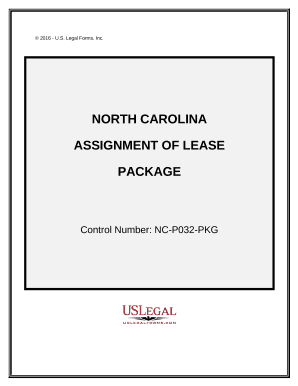
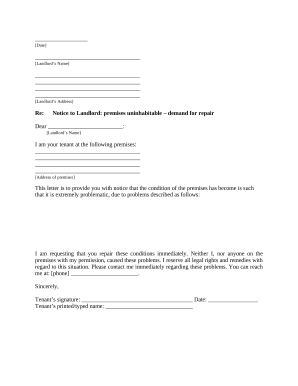
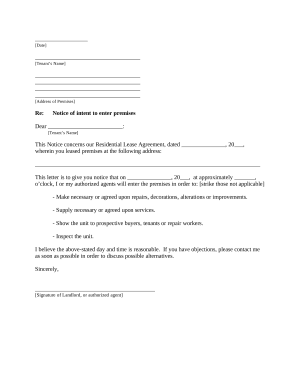

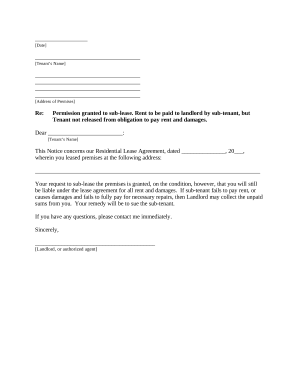
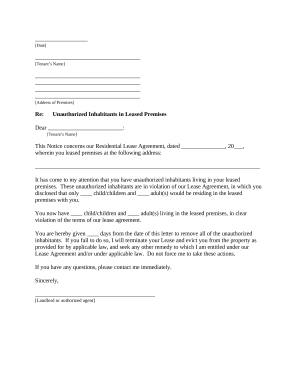

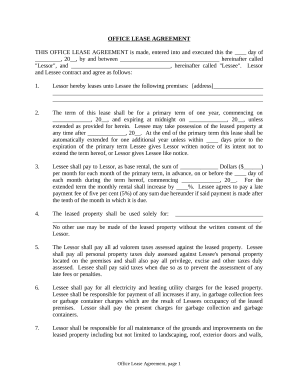

Your workflows always benefit when you can discover all of the forms and files you will need on hand. DocHub offers a wide array of forms to relieve your everyday pains. Get a hold of Rental and Lease Agreement category and easily discover your document.
Start working with Rental and Lease Agreement in several clicks:
Enjoy effortless file administration with DocHub. Discover our Rental and Lease Agreement online library and discover your form today!